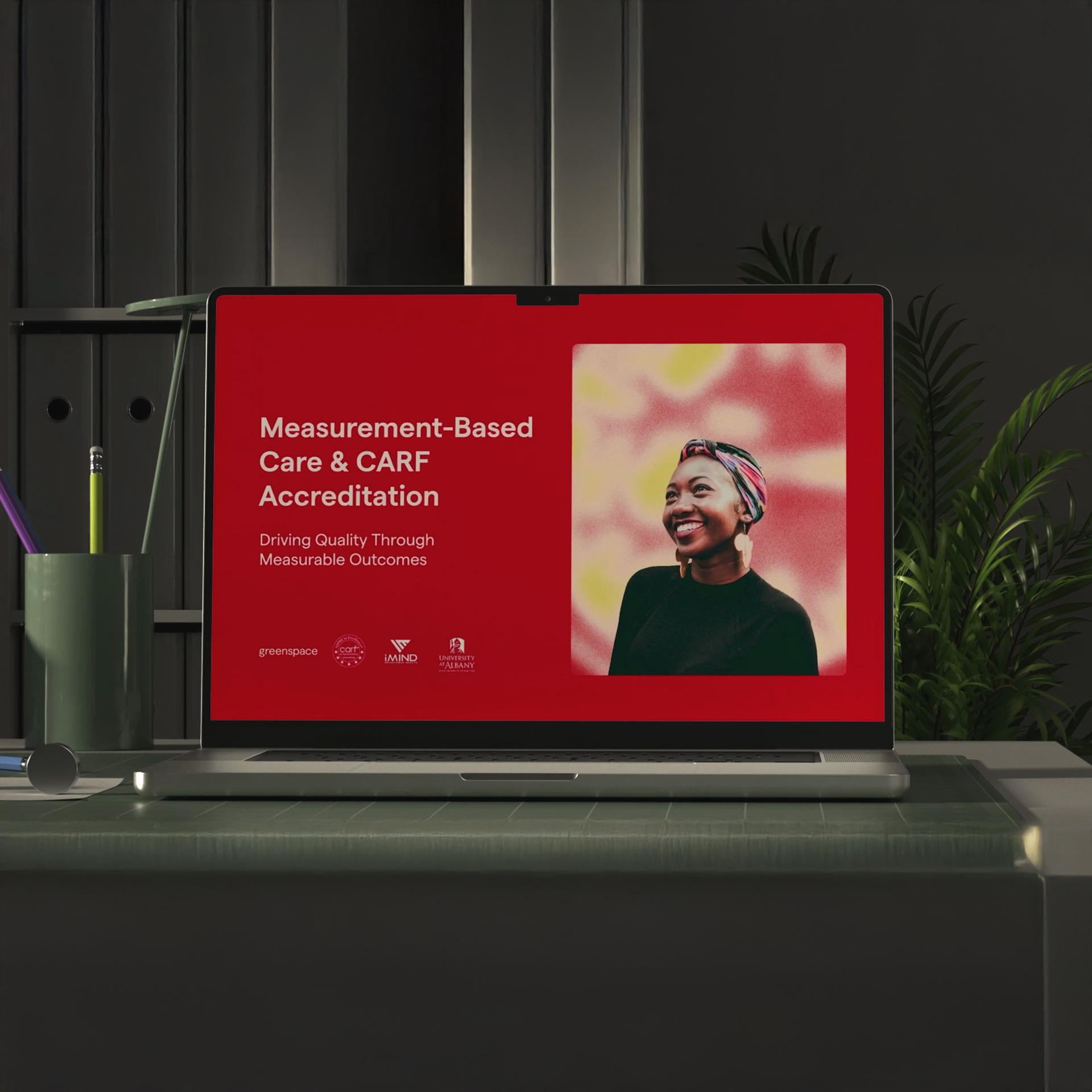
Brief Revised Working Alliance Inventory (BR-WAI)
Recommended frequency: Every 4 weeks
Summary
Research shows that the client-clinician relationship (AKA therapeutic alliance), is the most important predictor of positive outcomes in treatment (Flückiger, Del Re, Wampold, & Horvath, 2018). The concept has been researched and theorized for years— starting with Freud in 1912— when it was recognized that consistent, measurable factors of therapeutic relationships play a significant role in the effectiveness of treatment, regardless of the type of treatment or approach (Bordin, 1989; Frank, 1961; Horvath & Symonds, 1991; Rosenzweig, 1936; Wampold & Imel, 2015). Measuring therapeutic alliance is one of the most reliable ways to determine the strength of client-clinician bond, and it allows the clinician to identify how comfortable their client is in sharing their thoughts, experiences, and goals with them throughout care. Based on the results, a client and clinician will have the knowledge and tools necessary to work together to improve their therapeutic bond and comfort.
About the Measure
The original Working Alliance Inventory (WAI) was developed by Dr. Adam Horvath in 1981. The source article has been cited more than 830 times, the measure has been translated into more than 18 languages, and a recent meta analysis reported its use in 80 of 201 studies since 1973 that associated psychotherapy outcome with the working alliance (more than the next three most frequently used measures combined) (Horvath, Del Re, Fluckiger, & Symonds, 2011). Over the past quarter-century, the WAI emerged as the leading instrument to assess the quality of the psychotherapy relationship, and has been at the forefront of research, establishing the working alliance as one of the most important factors in psychotherapy research (Mallinckrodt & Tekie).
The Brief Revised Working Alliance Inventory (BR-WAI) is a recently refined therapeutic alliance assessment, designed to tackle some of the challenges presented by the WAI. This 16 item measure (vs. 36 items on the WAI) features 8 questions on ‘Bonds’ and 8 questions on ‘Tasks and Goals’. The BR-WAI is often viewed as more practical than the WAI within therapeutic settings, where the brevity of the assessment helps to engage clients and ensure completion, while still addressing the most important aspects of the therapeutic relationship. It was developed by applying the Rasch model of item response theory (IRT) to maximize the amount of information that can be collected and the accuracy of the results overall. A 5-point likert scale was used instead of the 7-point scale in the WAI, which allows for more precise distinction between response options (ranging from ‘strongly agree’ to ‘strongly disagree’) and higher accuracy in the clients response and the ability for a clinician to interpret the results.
The BR-WAI looks at three foundational components of the therapeutic relationship:
- The bond between client and therapist or the relationship of mutual trust;
- The collaborative approach and agreement on treatment goals;
- The collaborative approach and agreement on treatment tasks.
Ultimately, if there is agreement and understanding between the client and provider about the tasks and goals of treatment, then the therapeutic alliance is strong.
The BR-WAI measure is one of the most commonly used assessments on the Greenspace platform, with over 100,000 completed assessments. Check out the BR-WAI results below:
Who is the BR-WAI Assessment for?
Review the list below to determine if this assessment should be used with your client. If you answer yes to all three questions, the BR-WAI is a good fit to measure therapeutic alliance with your client.
- Is your client receiving virtual or in-person therapy, counselling, or group counselling?
- Is your client 18 years of age or older? (If not check out the Therapeutic Alliance for Youth and Caregivers | TASC measure)
- Have you had 3 sessions with this client or have you been working with them for at least two months?
The Scale
The set of items below are sentences that describe different ways a person might think or feel about his or her counselor or therapist.
TIP: Remind your client that even though their thoughts or feelings may undergo changes over a period of time, they should respond based on their views or feelings in the current moment.

Bond
Dr. Brent Mallinckrodt, co-author of the BR-WAI, explains the Bond subscore.
Tasks and Goals
Dr. Brent Mallinckrodt, co-author of the BR-WAI, explains the Tasks and Goals subscore.
Scoring
The total score of the BR-WAI is calculated by adding up all of the items. Reverse items, 4, 8, 12, 16, are scored inversely: (5=1) (4=2) (2=4) (1=5). A higher score represents a stronger alliance.
- A subscale score for Bonds is calculated by adding questions: 1, 3, 5, 7, 9, 11, 13, 15.
- A subscale score for Tasks and Goals is calculated by adding questions: 2, 4, 6, 8, 10, 12, 14, 16.
The assessment scoring offers 3 data points: the total score and the two subscales. While it’s important to analyze the score of tasks and bonds separately to understand both components, it’s equally important to assess the overall score. The total score is indicative of how clients will view the therapeutic relationship overall, and speaking to that score in session is a valuable way to spark a collaborative conversation with your client about the results and how to improve your therapeutic alliance.
Copyright Information & Disclaimer
Mallinckrodt, B. & Tekie, Y.T. (2015) Department of Psychology, University of Tennessee. Revision of the Working Alliance Inventory and Development of a Brief Revised Version Guided by Item Response Theory.
Horvath, A. O., & Greenberg, L. S. (1989). Development and validation of the Working Alliance Inventory. Journal of Counseling Psychology, 36, 223-233. doi: 10.1037/0022-0167.36.2.223
The information provided above was derived from materials and research developed by the creators and/or licensors of the BR-WAI. The information may not be exhaustive and is not a treatment recommendation by Greenspace.












